How to Have Strong Ankles 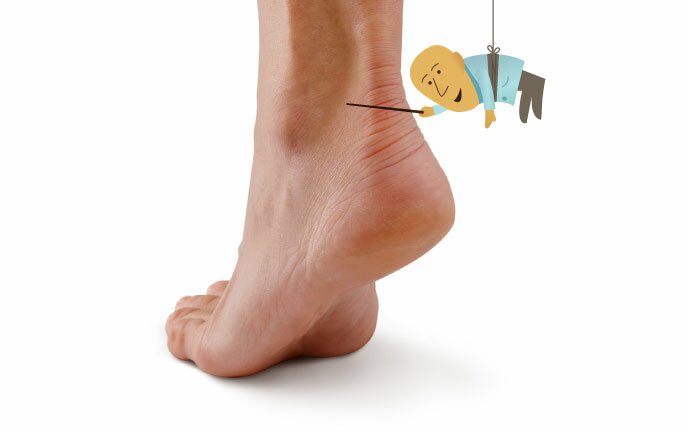
4 March 2016
The ankle is one of the most important joints in the body for dancers, and yet it is so often neglected. This neglect can result in sloppy feet, stunted movement, or even injuries. There are so many bones and muscles in the ankle and foot that you would probably die of boredom before we got through them all, so we're going to focus only on the function. The main action of the ankle is flexing and pointing, but unlike the knee or elbow, which can bend only one way, the ankle also has the capacity for inversion or eversion (pictured below). When flexing, pointing, eversion, and inversion are all combined, it results in the foot moving in a circle.
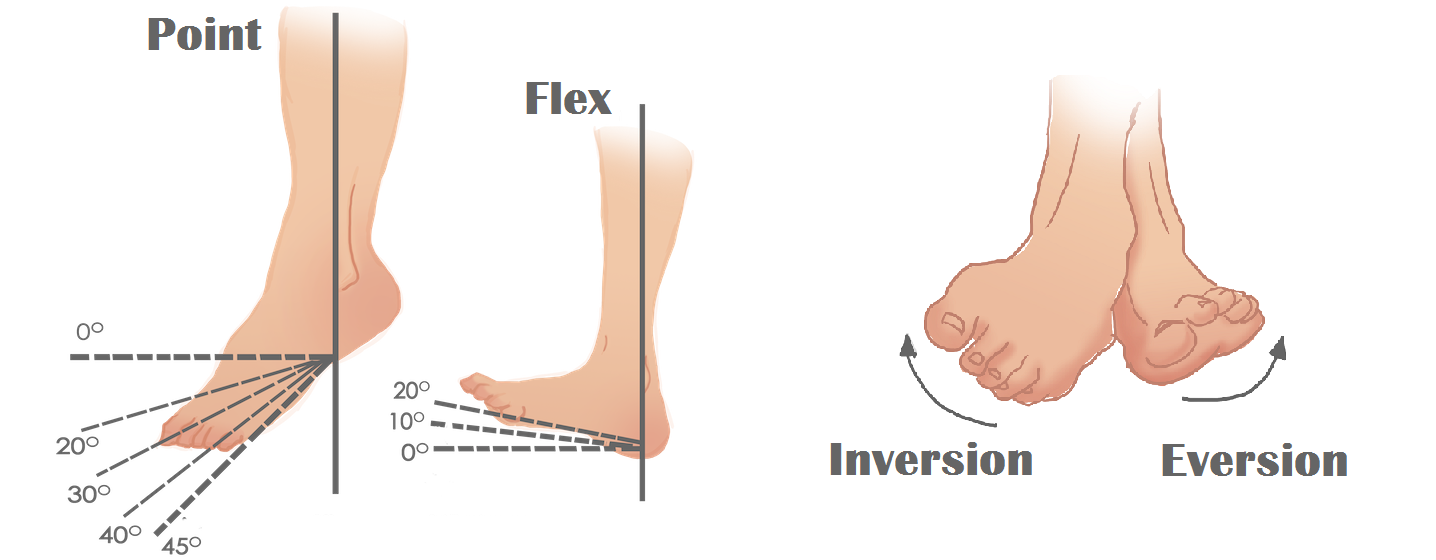
Why do I Need Strong Ankles?
Strong ankles are important in both Latin and Standard. In standard, every dance except Tango has rise and fall, which requires articulation of the ankle and balance while on the balls of the feet. Weak ankles contribute to messy looking feet, and poor action, meaning you won't be dancing as well as you other wise would be. In Latin, every dance relies on the balls of the feet, and in particular the inside edge of the ball, requiring strength to evert the ankle. The height of the heel of Latin shoes also means the ankle has to work harder to raise the heel off the ground.
Perhaps more importantly, weak ankles can result in injury, such as sprains or even breaks. One of the most common injuries in sports is a rolled ankle, which essentially means the ankle inverts so far that it injures the joint. After an ankle is injured, it is never the same, and the chances of it being injured again in the same way increase drastically.
Are your Ankles Weak or Strong?
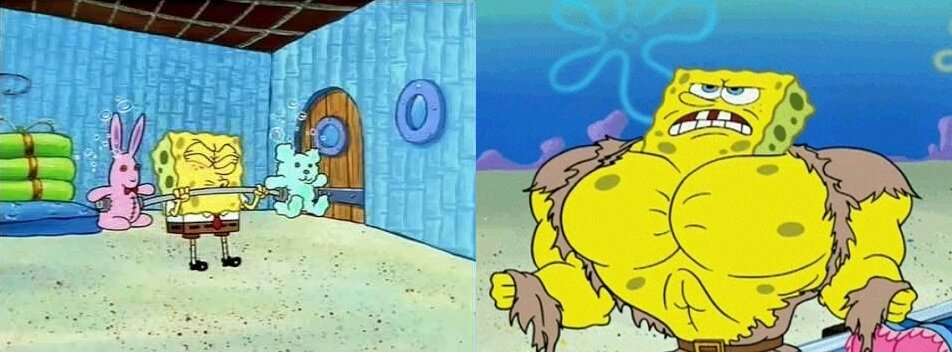
Most dancers have stronger ankles than the average person, and great dancers have very strong ankles, but beginners often lack the raw physical strength to perform difficult steps, and if this isn't trained, it can persist even when a dancer begins to dance more advanced choreography, stunting progress. Many people claim to have poor balance, when in fact their sense of balance is fine, but it is their ankles that are incapable of balancing them. See how strong your ankles are by marking yourself through this 10-point scale below.
| 1/10 | You have ankles |
| 2/10 | You can walk across the room without ankle discomfort |
| 3/10 | You can stand jump and land with ease |
| 4/10 | You can walk around on the balls of your feet |
| 5/10 | You can stand on the balls of both feet without falling over |
| 6/10 | You can stand on the balls of both feet without wobbling |
| 7/10 | You can stand high on the balls of both feet without wobbling |
| 8/10 | You can stand on the ball of one foot without wobbling |
| 9/10 | You can stand high on the ball of one foot without wobbling |
| 10/10 | You can stand high on the ball of one foot while your toes are pulled off the ground without wobbling |
| 11/10 | Reserved for Chuck Norris |
N.B. It is possible to be hindered on this scale for reasons other than ankle strength, such as poor hip stabilization muscles, lack of an inner ear which would otherwise the sense of balance, lack of ankles, or not being Chuck Norris.
Exercises to Make your Ankles Strong
If you're a ballerina, you probably scored rather high on the scale above, and ballet Barre exercises are extremely good at increasing ankle strength, but for those of us who don't have the time for ballet in addition to dance, or who don't look good in tights, here are some simple exercises to strengthen your ankles.
Ankle Circles (Beginner)
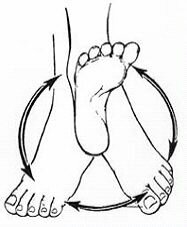
With your foot off the floor, draw as large a circle in the air as you can with your toes, without moving the shin. Make your circle as round and full as possible, taking it slowly and not rushing. Do this 20 times, then reverse the direction. After that, do the same thing on the other foot. Most people notice that going in one direction is significantly easier than the other. This exercise will help strengthen the muscles and tendons around your ankle, preventing future injury. It's also a good warm up before dancing.
Thera-Band (Beginner)

The Thera-Band is practically an over-sized elastic band. It is often used by physical therapists in exercises like this to rehabilitate small muscle groups, such as the ones around the ankles. Use the Thera-Band to add resistance to your movements. Practice flexing, pointing, inverting, and everting the ankle, slowly and with control. The Thera-Band comes in various resistances, but you can also just pull one tighter to increase resistance.
Stand on the Balls of your Feet (Intermediate)
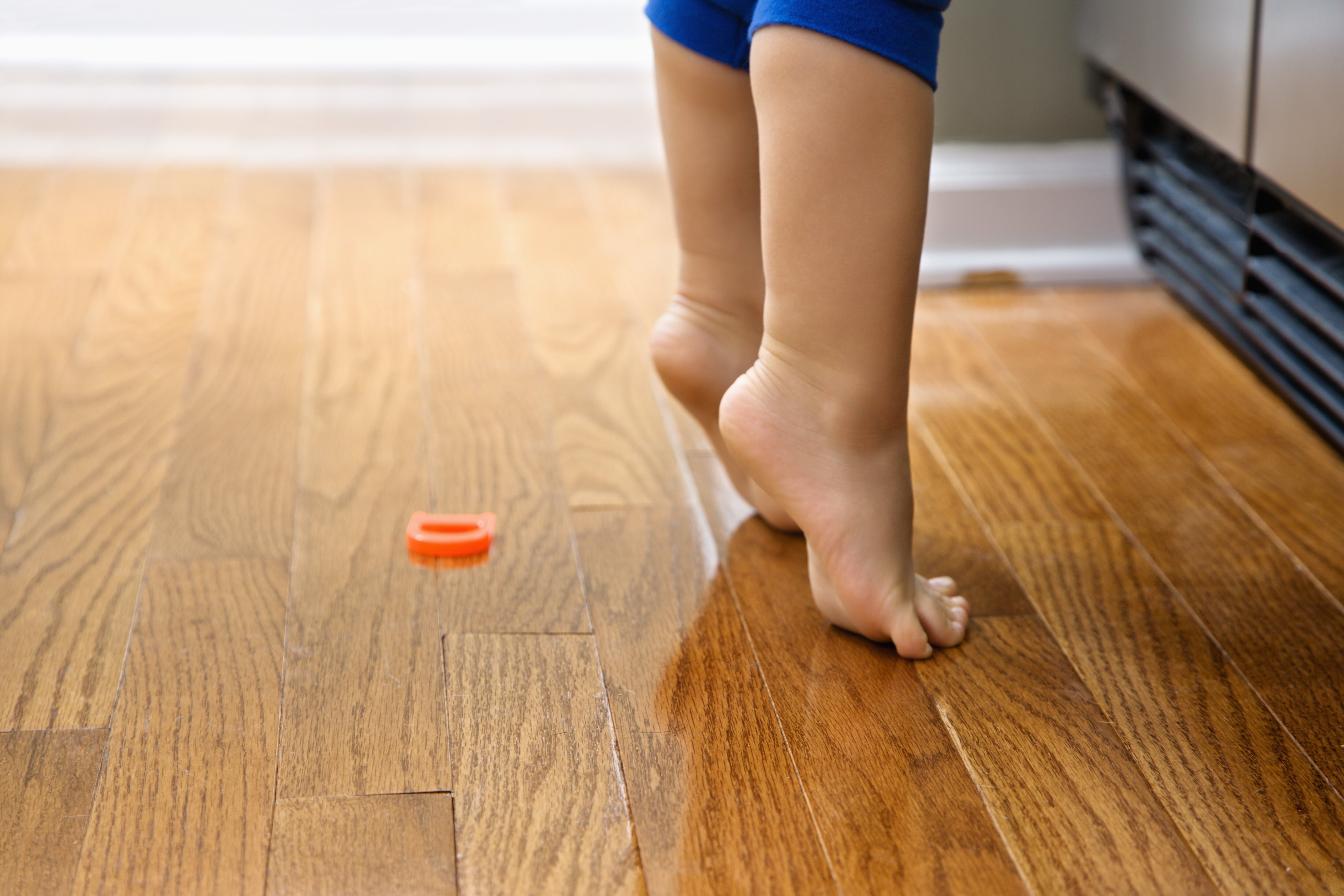
Stand with your legs straight, and shift your balance toward the balls of the feet. Then press into the ground and feel yourself lift up onto the balls of your feet. Stand as high on the balls of your feet as you possibly can, then after a few seconds, lower yourself back down gently. Do not allow your weight to shift back to the heels too quickly. Since this exercise goes from a flat foot to a pointed foot, it is important to stretch the foot back afterward, or risk tightening the calves.
Use the Bosu (Advanced)
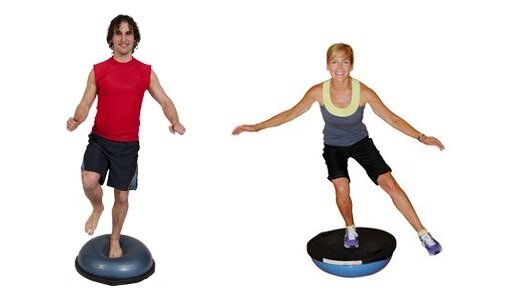
The Bosu is a type of exercise equipment, which is essentially a circular plastic disk with half an exercise ball sticking out of it. You can inflate it to various degrees to affect its wobbliness. You can choose to stand on the squishy side or the flat side - both have advantages to your training. Make sure you have something or someone to hold onto the first time you stand on one! Standing with your feet flat will train mostly your hip stabilizers. Do a few squats until you are comfortable. Then, stand on the balls of your feet to train the ankles. If you are really advanced, stand on the ball of one foot while on the Bosu. Just standing on a Bosu for a few minutes will cause your fatigue, since they constantly have to engage and relax in micromovements to keep you on balance. Since this exercise goes from a flat foot to a pointed foot, it is important to stretch the foot back afterward, or risk tightening the calves.
Check out !